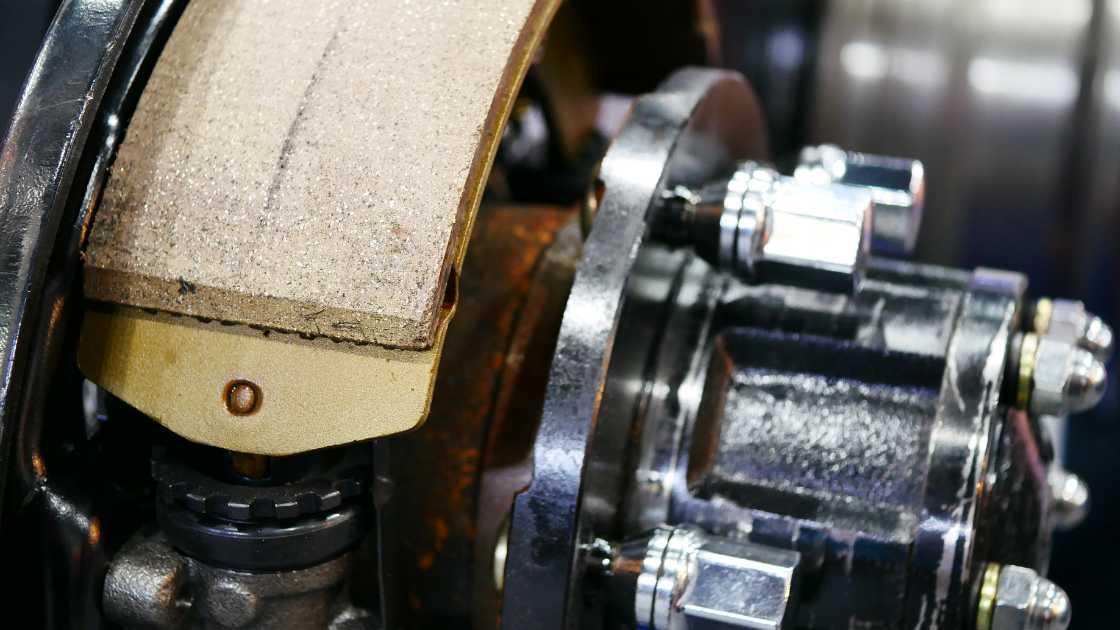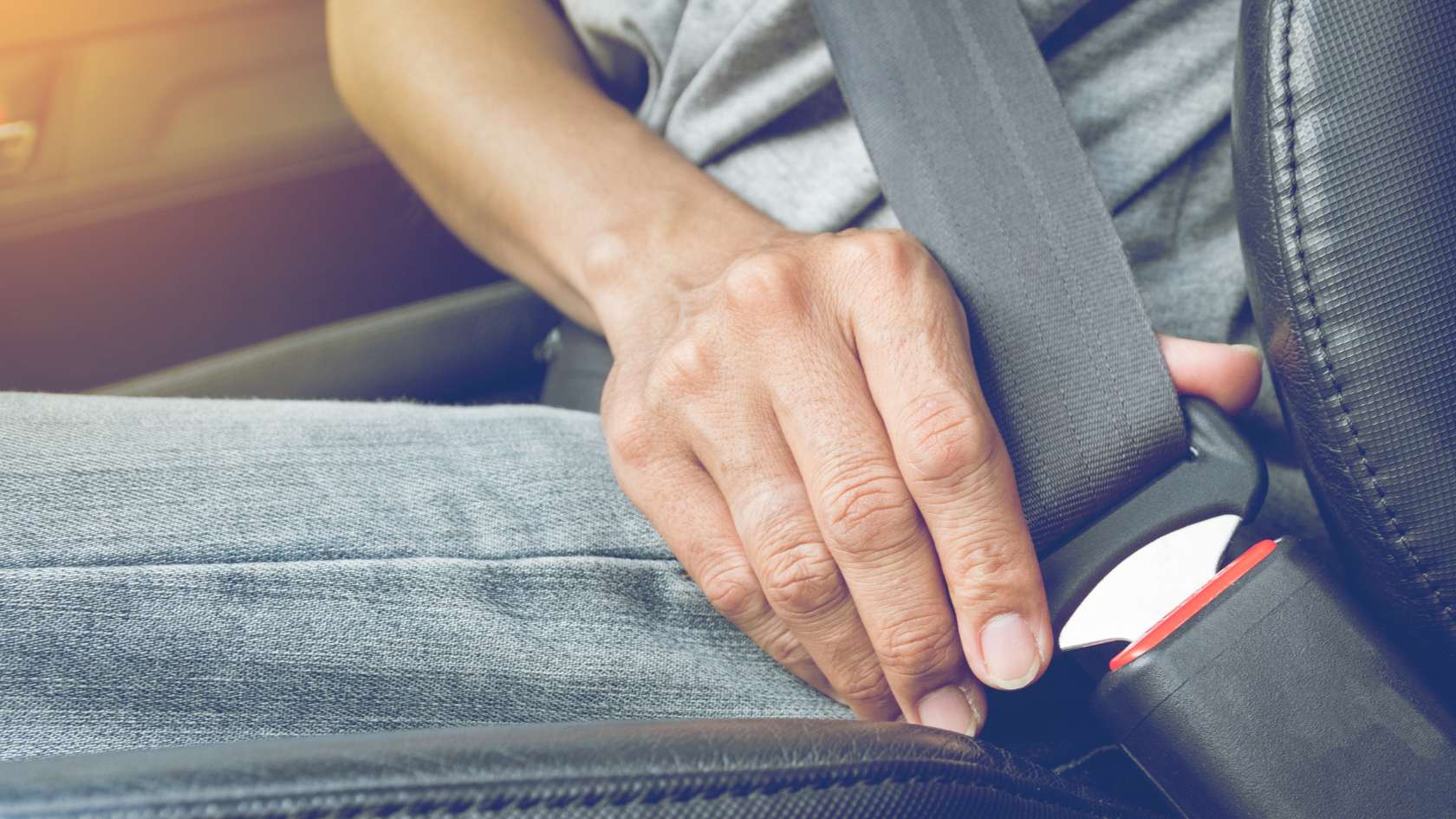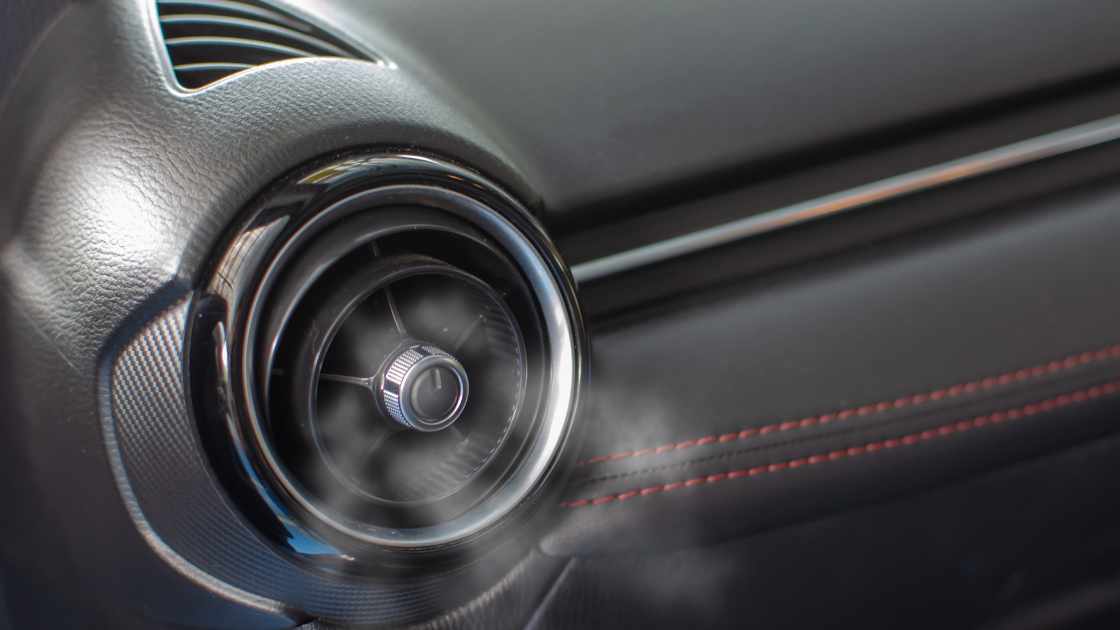Drum brakes have been an integral part of automotive braking systems for decades, offering reliable stopping power. However, as with any mechanical component, they have a finite lifespan. Understanding how long drum brakes typically last can help vehicle owners plan for maintenance and ensure optimal performance. In this article, we delve into the factors that influence the longevity of drum brakes, signs of wear and tear, and essential maintenance practices to prolong their lifespan.
The Basics of Drum Brakes
Before exploring their lifespan, let’s briefly understand the workings of drum brakes. Drum brakes consist of a rotating drum attached to the wheel, brake shoes with friction material, and hydraulic cylinders. When the driver presses the brake pedal, hydraulic pressure is applied to push the brake shoes against the drum, generating friction and slowing down the vehicle.
Factors Affecting Drum Brake Lifespan
Several factors can influence the lifespan of drum brakes. While it is challenging to provide an exact duration, the following variables play a significant role:
Driving Habits: Aggressive driving, constant stop-and-go traffic, and frequently hauling heavy loads can accelerate wear on drum brakes.
Maintenance Practices: Regular brake inspections, cleaning, and adjustment can significantly extend the lifespan of drum brakes.
Quality of Components: The quality of brake shoes, hydraulic cylinders, and other related parts can impact how long drum brakes last.
Average Lifespan of Drum Brakes
On average, drum brakes can last between 30,000 to 70,000 miles (48,000 to 112,000 kilometers). However, this estimate can vary depending on the aforementioned factors. Furthermore, drum brakes on the rear wheels typically last longer than those on the front wheels due to the differing weight distribution during braking.
Signs of Worn Drum Brakes
Being aware of the warning signs of worn drum brakes can prevent potential safety hazards. Look out for the following indicators:
Squealing or Grinding Noises: High-pitched squeals or grinding noises during braking can indicate worn-out brake shoes that need immediate attention.
Reduced Braking Performance: If the vehicle takes longer to stop or the brake pedal feels spongy, it could be a sign of worn drum brakes.
Vibration or Pulsation: Experiencing vibrations or pulsations when applying the brakes may suggest warped or damaged brake drums.
Maintaining Drum Brakes
To maximize the lifespan of drum brakes, regular maintenance is crucial. Here are some essential practices to consider:
Regular Inspections: Periodically inspect the drum brakes for signs of wear and tear. A professional inspection is recommended if you’re unsure about their condition.
Cleaning and Adjustment: Keeping the drum brakes clean and properly adjusted ensures optimal performance and extends their lifespan.
Fluid Replacement: Brake fluid should be changed according to the manufacturer’s recommendations to maintain the hydraulic system’s efficiency.
Timely Replacement: When the brake shoes or other components are excessively worn, promptly replace them to avoid compromising safety.
FAQs
How long do drum brakes typically last?
Drum brakes have an average lifespan of around 30,000 to 70,000 miles (48,000 to 112,000 kilometers). However, several factors can influence their longevity, such as driving habits, maintenance practices, and the quality of components used. It’s important to note that the lifespan of drum brakes on the rear wheels tends to be longer than those on the front wheels due to different weight distribution during braking.
What are the signs that indicate worn-out drum brakes?
There are several warning signs that suggest worn drum brakes. Look out for squealing or grinding noises during braking, as these may indicate worn-out brake shoes. Reduced braking performance, such as longer stopping distances or a spongy brake pedal, can also be signs of worn drum brakes. Additionally, if you experience vibrations or pulsations when applying the brakes, it may suggest warped or damaged brake drums. If you notice any of these signs, it is crucial to have your drum brakes inspected and serviced promptly.
How can I prolong the lifespan of drum brakes?
To maximize the lifespan of your drum brakes, regular maintenance is key. Here are some essential practices to consider:
Regular inspections: Periodically inspect your drum brakes for signs of wear and tear. A professional inspection is recommended if you’re unsure about their condition.
Cleaning and adjustment: Keep your drum brakes clean and properly adjusted to ensure optimal performance and longevity.
Fluid replacement: Follow the manufacturer’s recommendations for brake fluid replacement. Changing the brake fluid at the recommended intervals helps maintain the hydraulic system’s efficiency.
Timely replacement: When your brake shoes or other components are excessively worn, it is crucial to replace them promptly. Neglecting worn-out parts can compromise your safety and the effectiveness of your braking system.
Conclusion
While drum brakes may not last as long as their disc brake counterparts, they are still a reliable and effective braking system. Understanding the factors influencing their lifespan, recognizing signs of wear, and practicing regular maintenance can help vehicle owners ensure the longevity and optimal performance of drum brakes. By taking proactive measures, drivers can enjoy safe and dependable braking for many miles to come.

Jeff Gordon is an accomplished writer with expertise in the basics of car accessories. With a keen eye for detail, Jeff has established himself as an authority on the subject, with a passion for all things automotive. Based in Jasper, Jeff is dedicated to providing readers with the information they need to make informed decisions when it comes to their car accessories.






